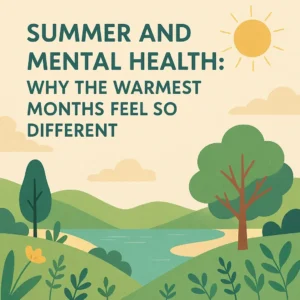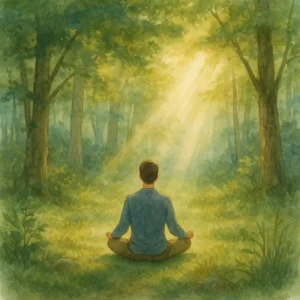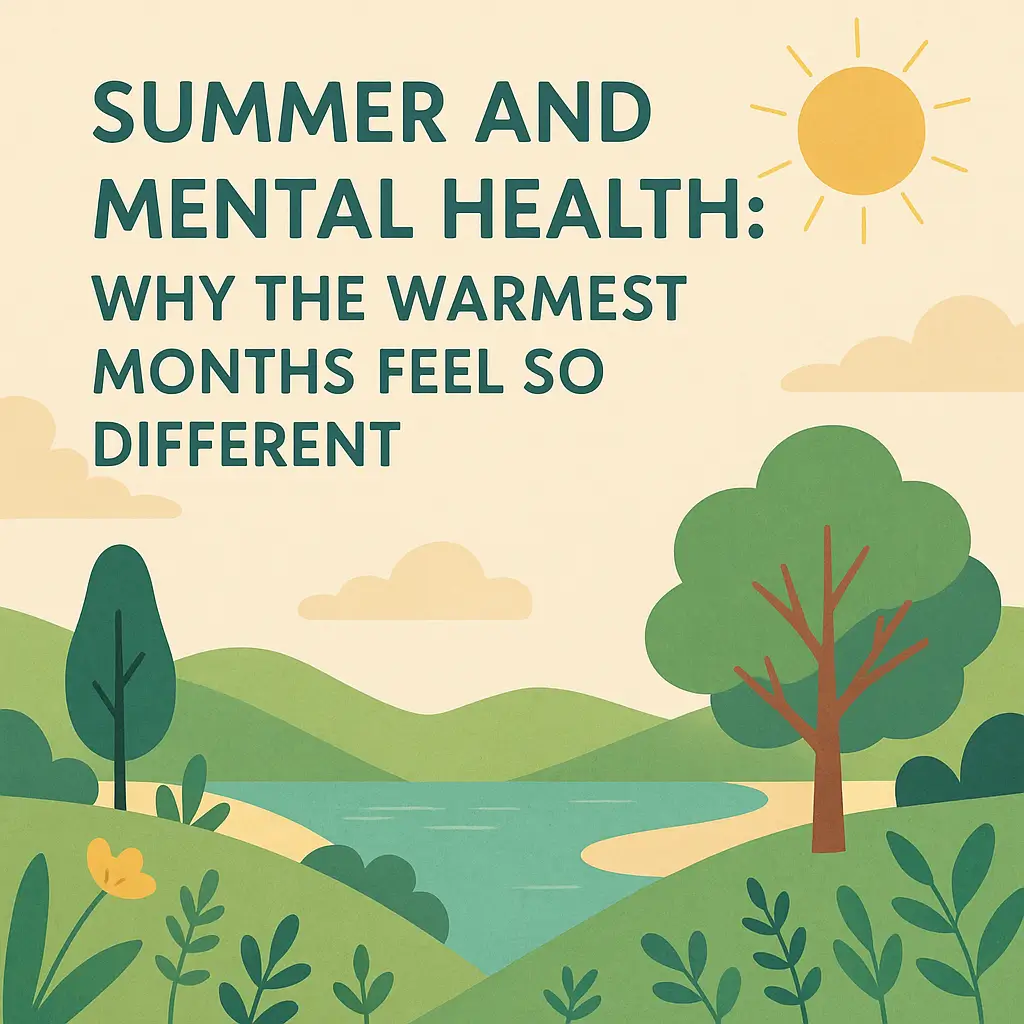As the days grow shorter and darkness settles in earlier, many people experience more than just a yearning for summer sunshine. Seasonal Affective Disorder (SAD), a serious form of depression that follows a seasonal pattern, affects millions of Americans each year – yet many still dismiss it as simple “winter blues.”
Understanding the Condition
“SAD is far more than just feeling down about gloomy weather,” explains Dr. Sarah Thompson, a clinical psychologist specializing in mood disorders. “It’s a clinical form of depression that can significantly impact daily life, relationships, and work performance.”
The condition typically emerges as autumn transitions to winter, bringing with it a constellation of symptoms that can include persistent fatigue, oversleeping, intense carbohydrate cravings, and social withdrawal. Think of it as your body going into a form of emotional hibernation – but unlike bears, humans need to remain active and engaged year-round.
Who’s at Risk?
Statistics show that SAD affects approximately 5% to 15% of adults in North America, with women being four times more likely to be diagnosed than men. Living far from the equator increases the risk, as shorter days mean less exposure to natural sunlight – a crucial factor in maintaining our body’s natural rhythms and mental well-being.
Breaking Through the Winter Darkness
The good news? SAD is highly treatable. Modern approaches combine several effective strategies:
- Light therapy: Special SAD lamps that mimic natural sunlight can help reset your body’s internal clock
- Regular exercise: Particularly effective when combined with outdoor activity during daylight hours
Professional support: Cognitive Behavioral Therapy has shown excellent results in managing SAD symptoms - Lifestyle adjustments: Maintaining consistent sleep schedules and healthy eating patterns can make a significant difference
Taking Action
If you recognize these symptoms in yourself or someone you care about, don’t wait for spring to seek help. “The earlier you address SAD symptoms, the better the outcome,” says Thompson. “Many people suffer unnecessarily because they don’t realize effective treatment is available.”
Moving Forward
As we continue through the winter months, it’s essential to stay connected with others and maintain healthy routines. Whether it’s taking a midday walk, sitting near a bright window while working, or scheduling regular check-ins with friends, small actions can make a big difference in managing SAD symptoms.
Remember, spring will come again, but there’s no need to suffer through winter. With proper understanding, support, and treatment, you can maintain your well-being throughout the darker months and emerge ready to embrace the brighter days ahead.
[Note: If you’re experiencing symptoms of depression, seasonal or otherwise, please reach out to mental health professionals in your area. Help is available, and you don’t have to face this alone.]















